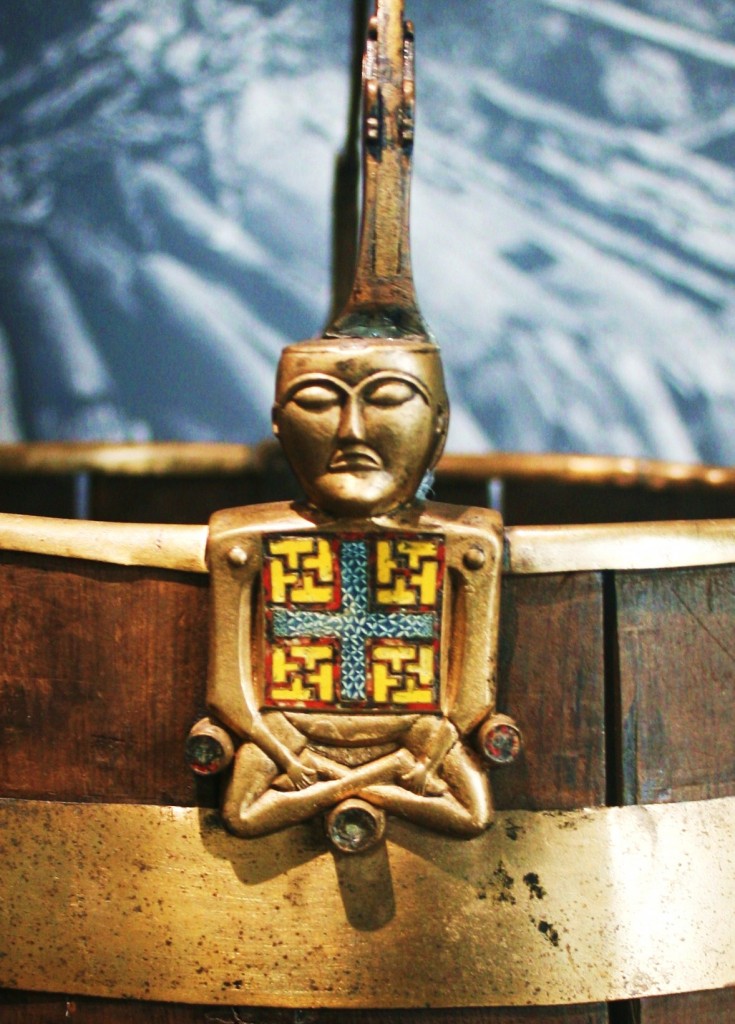The Vikings Had a Taste for Fine Persian Silk
Silk wasn’t the only thing that Vikings got from Eastern lands.
/https://tf-cmsv2-smithsonianmag-media.s3.amazonaws.com/filer/20131104124025P1010614.jpg)
Vikings are usually viewed as sea-faring wild men, raiders who weren’t above pillaging a monastery or two. But they didn’t always behave so recklessly. They had extensive trade routes throughout Europe and beyond and collecting both luxuries and necessities from around the world in their Northern European strongholds.
In her upcoming book, Silk for the Vikings, author Marianne Vedeler lays out the case for a Viking trade route with Persia. Vedeler, an associate professor at the University of Oslo, spent four years digging into the subject, starting with the silk found in the remains of the Oseberg ship burial. The Oseberg ship was essentially a tomb, buried deep under the ground with a large number of grave goods, including several varieties of silk, some of which had patterns unique to Persia. Other bits of silk, including one featuring a cross, were more likely looted from an Irish monastery.
“We may safely assume that the Vikings engaged in trade, plunder, exchange of gifts and diplomatic relations in equal measure.” Vedeler says.
Silk wasn’t the only thing that Vikings got from Eastern lands. Also found in the Oseburg burial was a bucket with a strange design on the handle—it featured a man seated in a lotus position, eyes closed. The similarity to traditional images of the Buddha, earned it the nickname of the ‘Buddha bucket,’ but no conclusive link between the Vikings and ancient Buddhist civilizations has been proven to date.
More from Smithsonian.com
Raiders or Traders?
To Adapt to Harsh Greenland Climate, Vikings Gorged on Seals
Viking’s Most Powerful City Unearthed in Northern Germany
